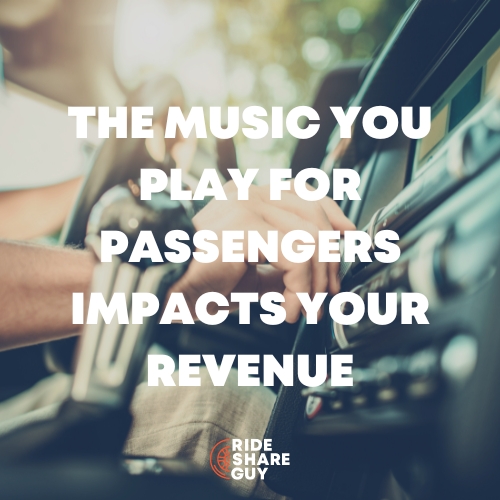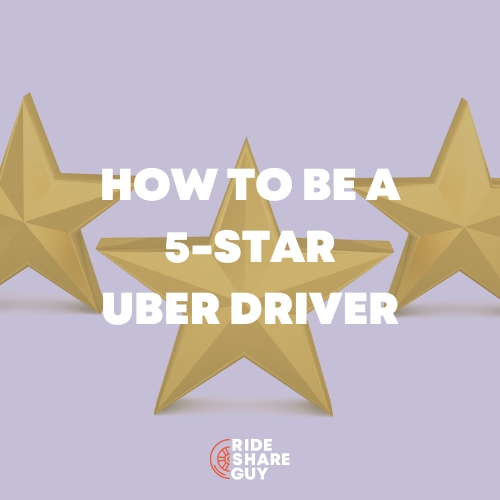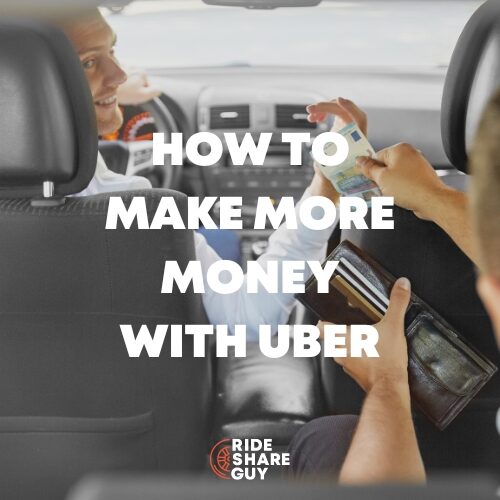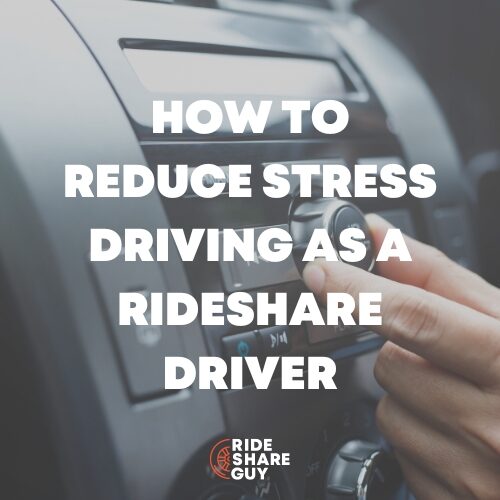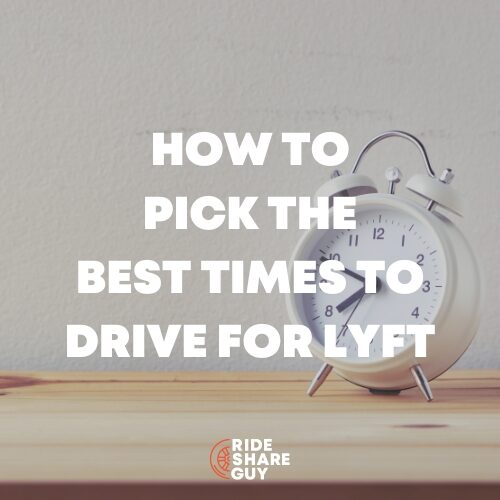Most people assume that being a rideshare driver is pretty easy, you pick people up and take them from point A to point B. But there’s so much more that goes into it. Senior RSG contributor Jay Cradeur shares his top tips for mastering the pick up.
As a veteran driver with over 24,000 rides under my belt, I have now come to recognize the passenger pick-up and drop-off as the most challenging part of my rideshare driver job. When it comes to making a pick-up, there are many moving parts and many ways in which the pick-up can go wrong.
When done properly, the passenger will enter your car and know they are now in the care of an experienced and superior driver. In this article, I will share all the components of a well-executed passenger pick-up.
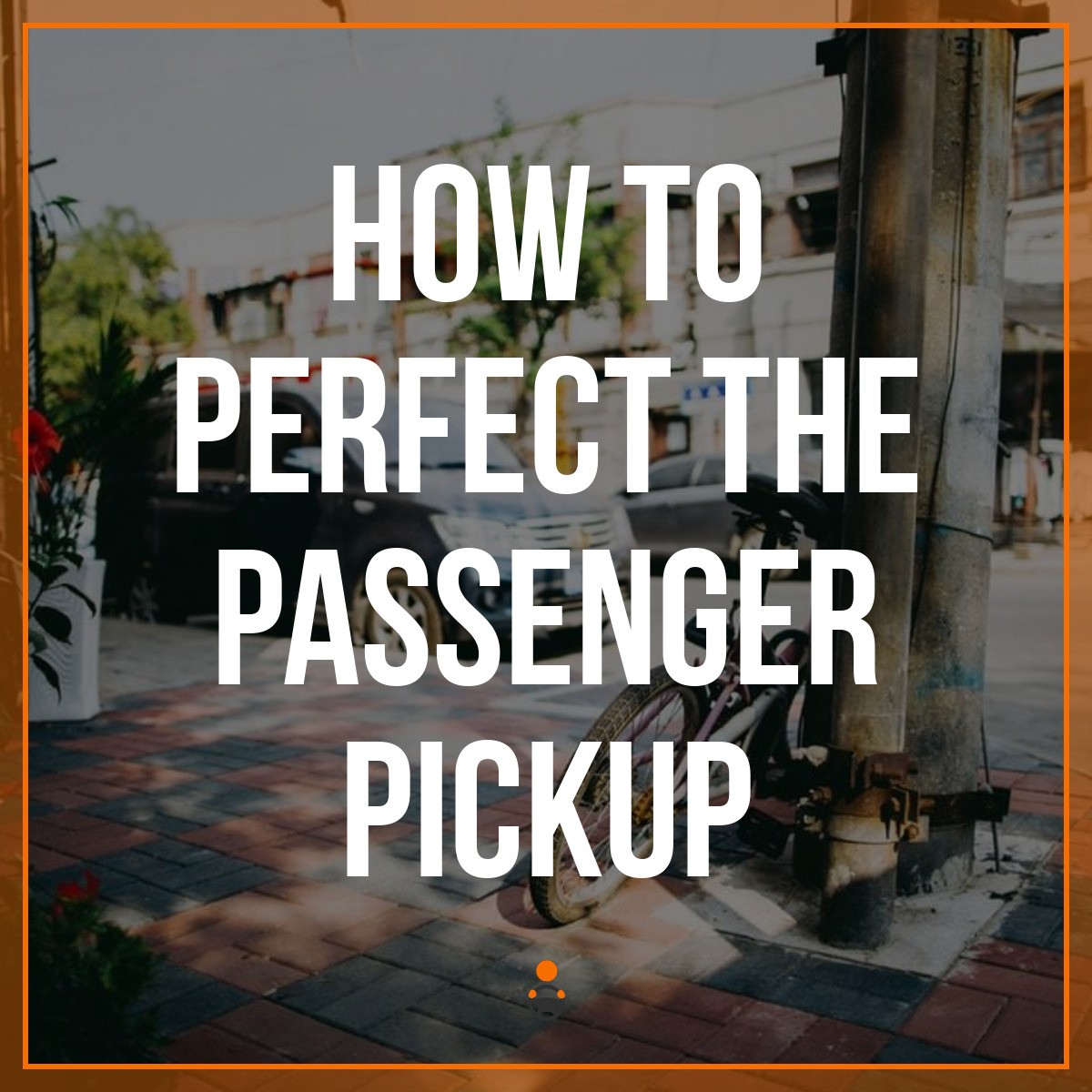
Uber and Lyft Don’t Provide Much Guidance for Passenger Pick Ups
It is interesting that both Uber and Lyft don’t provide much training on this most important of actions taken by drivers. I looked at both websites and found these rather sparse guides:
Uber’s Website
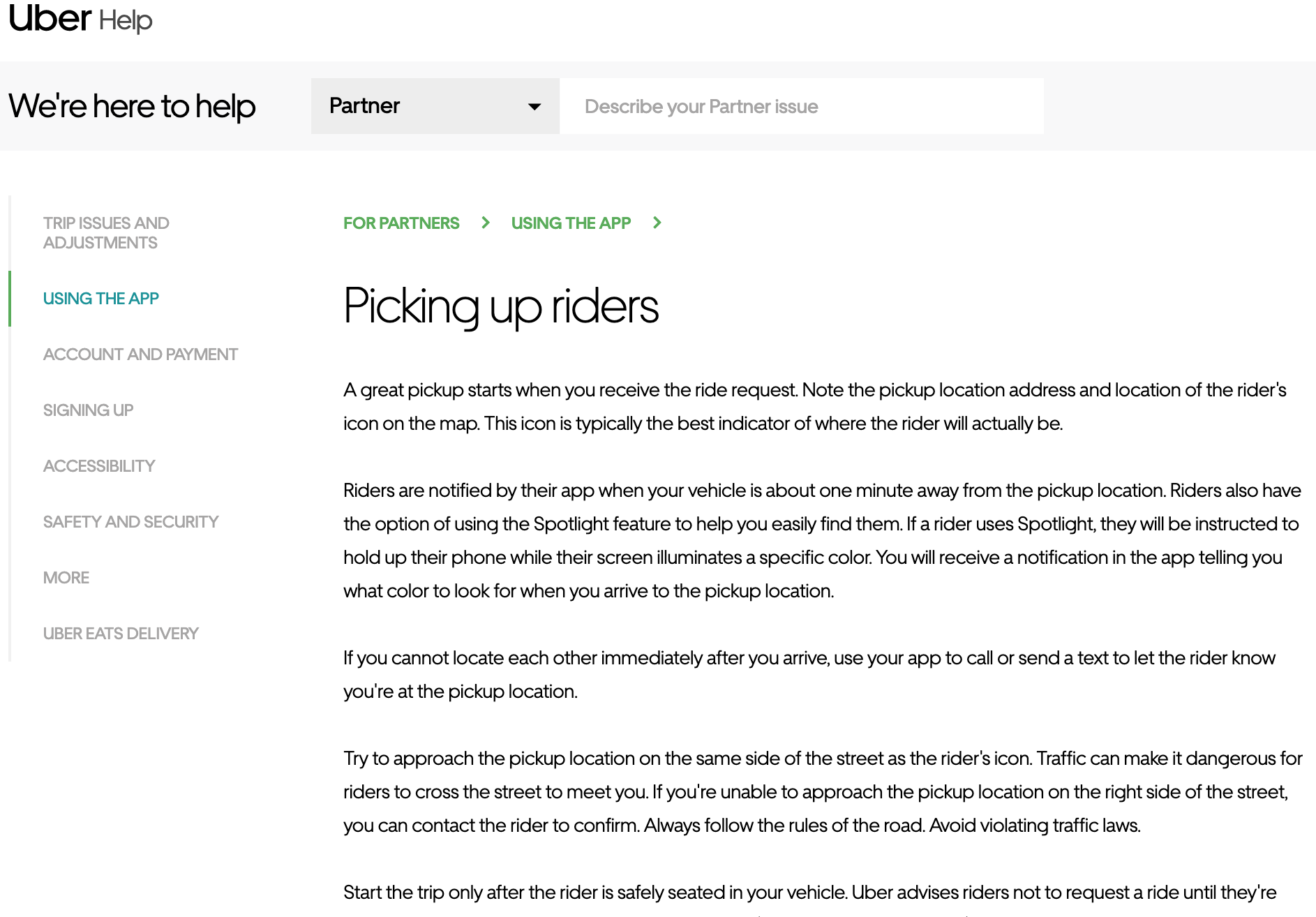
Lyft’s Website
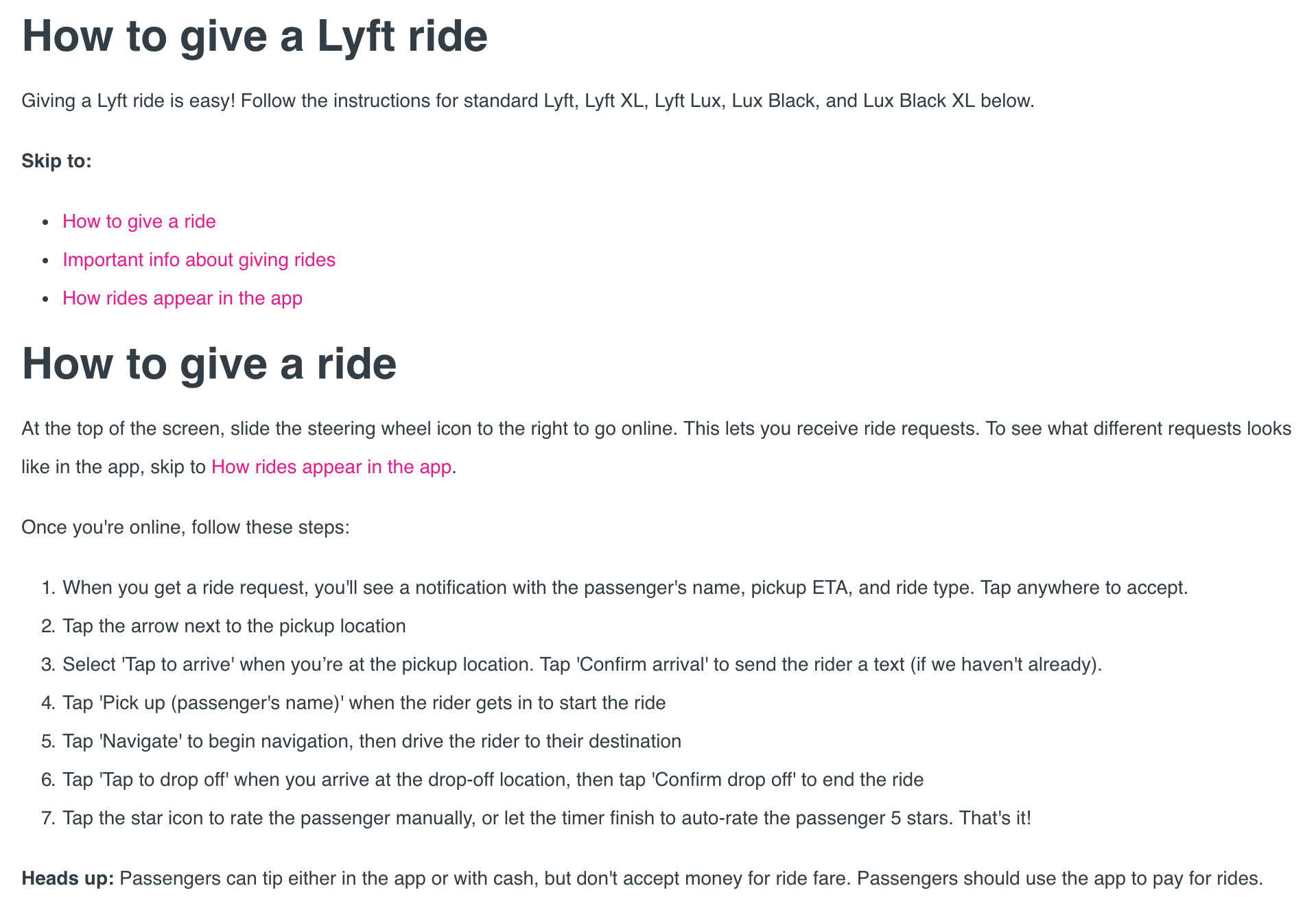
Next, I went to Youtube to see if there are any videos on the Pick-up. Lyft did not have anything I could find. Uber does have a nice 3-minute video which I recommend you watch (below)
But I feel there are a few more important details that need to be examined before we can become highly proficient at the pick-up. Let’s start where all rides start, with the Ping.
Getting The Ping
As Uber and Lyft drivers, you know you have a ride when you hear that wonderful “ping” sound. You have a choice to make here: accept or decline? My policy is to accept if the passenger is within 10 minutes, and decline if the passenger is 11 minutes or farther away.
I realize this is a “unique to San Francisco” situation, but after 3 ½ years, if I am driving at the right times of the day in the right areas, I should never have to wait more than a few minutes for a ping.
This hypothetical passenger is six minutes away, so I accept. Next, I fire up the navigation app. I use Waze as, over the years, it has always outperformed the other apps at my disposal. We all have our favorite GPS app, so whatever you use, you would fire it up and begin to drive toward your pick up.
Driving Toward The Pick-Up
On my way over to the pick-up, I check on two things. First, I check the address so I know which side of the street I am to make the pick-up. Each city has its own protocol. For example, in San Francisco, all streets that run east to west will have an even-numbered address for north located pick-up spots and will have an odd-numbered address for south located pick-up spots. There are similar rules for streets that run north to south.
If I am to make a pick up at 450 Sutter in downtown San Francisco, I know immediately that the address will be on the right side as I drive east to west. Picking up your passenger on the correct side of the street will make for a much smoother and far safer pick-up. This is why we always recommend to know your city as a driver!
The second thing I do is make sure the pick-up address on the Uber or Lyft app matches the GPS drop off point. On approximately one out of every twenty rides, I run into the situation in which the pick-up or drop-off point provided by Waze does not match the Uber or Lyft app address. Some addresses place me in an alley behind a building, or on a side street.
In these situations, during a pick-up, I always go to the exact address on the Uber or Lyft app. If the passenger is not “toes on the curb” for a pick-up, then I will call the passenger and confirm my location. If this happens during a drop-off, then I will simply ask the passenger for clarification.
The Importance of Communication
It’s important to have a plan as a driver. Use the time sitting at a traffic light, in traffic, or pullover to plan your ingress route. Never blindly follow your GPS. Review the route. If it’s a busy place where you will not be able to easily identify your pax, make sure to give them a call a minute out. You don’t have time? Make time.
When things don’t go perfectly, as they often won’t, I recommend getting in communication with your passenger.
I am sure I call my passengers more than most drivers. I don’t like to leave anything to chance. We never know how many Uber or Lyft rides a passenger has taken.
Often, I pick up someone and it is his or her first ride. These passengers don’t know all the intricacies of getting picked up. You, as an experienced driver, can communicate with the passengers and ensure a smooth pick-up.
I find that when I am proactive in this way, I often get a better passenger experience (the passenger is grateful) and bigger tips (passengers appreciate professionalism). Don’t hesitate to call.
The Passenger Is Not Ready
This happens quite a bit. This is the bane of a driver’s existence. I have taken hundreds of Uber and Lyfts and Grabs all over the world and I have never made a driver wait. It is not difficult to request a car when you are ready to go, but many, many passengers like to time their rides and therefore make drivers wait.
It is rude. It is a waste of our time. But that is how the system is set up. We drive and we wait. The challenge is this situation is: Where do you wait? I often start my driving shift at 5 AM. At this early hour of the day, there is very little traffic so I can usually wait, double parked, right in front of the passenger’s home or office.
Many times, though, there is traffic and you cannot stop in the middle of the road because you would cause a traffic back up. However, many drivers do exactly this. This is one of the most frustrating experiences for drivers.
Instead, drive around the block. If the passenger is not ready, and the pick up is on a busy street, don’t stop and inconvenience all the other drivers. This gives Uber and Lyft drivers a bad name and a bad reputation. You can call your passenger, let the passenger know that you drove by once and that you are coming around again. This way you can make a smooth pick up and you have impressed your passenger with your professionalism.
Bus Zone, Bike Zones, Taxi Zones
There are few things more infuriating that getting a ticket in the mail with a photo of your car in a bus zone and a fine of $319. This happened to me once, and it will never happen again. If you have a passenger who expects you to make a pick up in a bus, bike or taxi zone, be very careful. Uber does have some good advice on this topic. I found this in my Uber driver app:
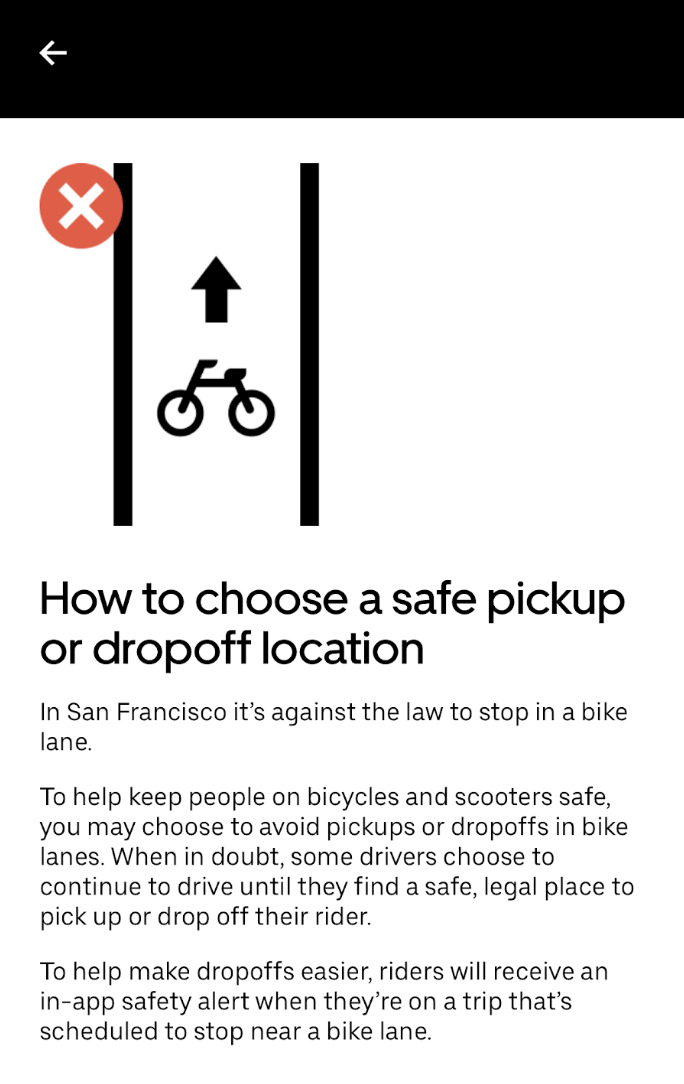
Most often they (passengers) are surprised that Lyft/Uber drivers get tickets for picking up right in front of the red curb. The key is to not sound like you are upset at them. Realistically we cannot expect every person to know the finer points of TNC laws and what the curb colors mean. Especially since they are used to most of you (yes YOU reader) breaking the law anyways.
I have a three-part strategy for avoiding a ticket and making a strong pick-up. First, I will look around for any law enforcement. Second, I will make sure there is no bus behind me to take a photo. If either of these situations is not ideal, then (third) I will call the passenger and agree to meet down the road a bit, away from the zone which could land me a hefty ticket.
Most passengers don’t think about the bus, bike or taxi zone. They just want a pick-up. We as drivers can educate them and avoid a ticket. Call and communicate. Educate and avoid a ticket.
Key Takeaways
- Make sure you are clear about the exact pick-up spot.
- Know the correct side of the street for the pick-up.
- When a situation is not ideal, communicate with the passengers. One simple phone call can make all the difference.
Your passengers will appreciate your proactive and considerate gesture. And above all else, don’t be one of those drivers that stops all the traffic because you are too lazy to drive around the block.
Think of the greater good. Imagine all the negative karma you are attracting when each car that passes you flips you off and calls you an a-hole. Do the right thing. It will work out better for you in the long run. Be safe out there.
Readers, what are your tips for mastering the perfect pick up?
-Jay @ RSG
